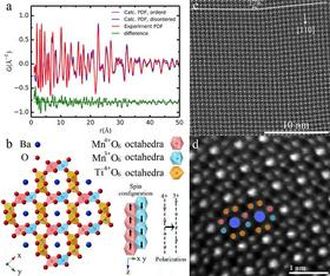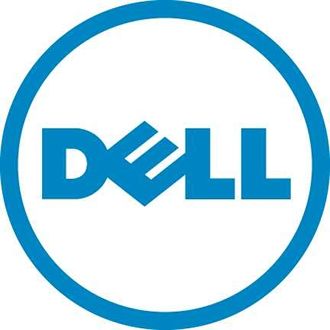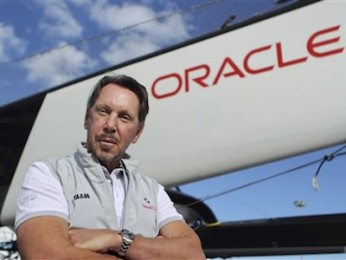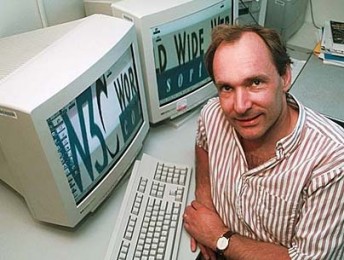 Software King of the World, Microsoft thinks that it is Trustworthy Computing Group is surplus to requirements and is shutting the whole lot down.
Software King of the World, Microsoft thinks that it is Trustworthy Computing Group is surplus to requirements and is shutting the whole lot down.
Its role will be taken over either by the company’s Cloud and Enterprise Division or its Legal & Corporate Affairs group. The move will mean the death of the Microsoft Security Response Centre and the related functions – as well as the cybercrime unit.
So far Vole has not announced the move publically but it has been leaked to several blogs and, given that Microsoft is trying to save cash, is every likely to be true.
The idea is to integrate the Trustworthy Computing work into Microsoft’s engineering teams. Microsoft has confirmed that an unspecified number of jobs from the group will be cut.
Trustworthy Computing will be missed, at least by outsiders. For years, the TwC group at Microsoft played an important role in the security industry.
It was started in 2002, and appeared to make huge improvements to Volish security. It dealt with some hard security topics, and seemed to get security into Microsoft’s thought.
It did those things, however it was more PR and spin for outsiders. Microsoft insiders said that the unit was there to create the perception that Microsoft had a handle on security, while at the same time getting the experience it needed within its own divisions.
Microsoft walking away from it is part of the mind-set where enterprise desktops give way to cloud and mobile and ‘things’.



















